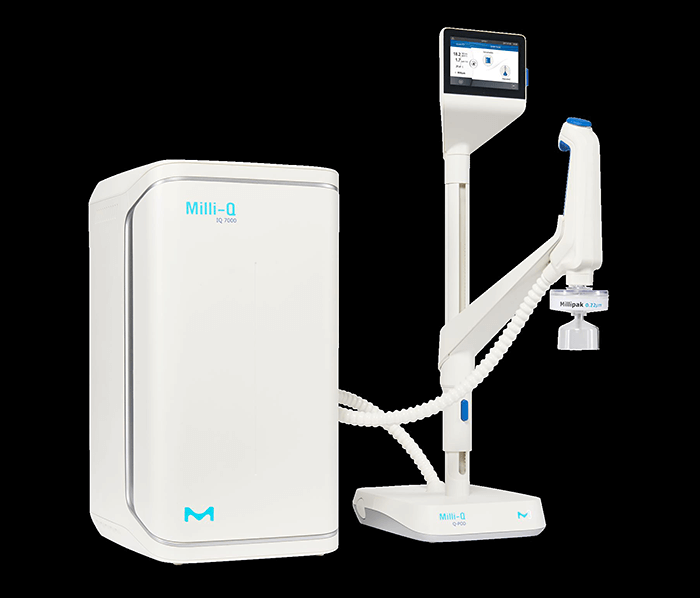Anastasia Khvataeva-Domanov and Stephane Mabic, Millipore S.A.S., FranceHigh purity water is key to the success of analyses performed using (ultra) high-performance liquidchromatography- mass spectrometry, (U)HPLC-MS — or as it is more commonly known, LC-MS. Even so, chromatographers may consciously select top-quality salts and organic solvents for mobile phase preparation, but not apply the same level of care when choosing their source of high purity water.

High purity water is key to the success of analyses performed using (ultra) high-performance liquidchromatography- mass spectrometry, (U)HPLC-MS — or as it is more commonly known, LC-MS. Even so, chromatographers may consciously select top-quality salts and organic solvents for mobile phase preparation, but not apply the same level of care when choosing their source of high purity water.

This article will discuss several aspects of working with high purity water in LC-MS analyses including quality and handling. Solutions will be proposed for optimal water purification based on the use of complementary purification technologies combined with application-specific final filtering, and finally, the importance of water purification system maintenance will be discussed.
1) Start with the best-quality water
Natural water contains several major classes of contaminants, including inorganic ions; organic molecules; particulates and colloids; and bacteria and their byproducts. As these contaminants are also present in tap water, water must be carefully purified before it can be used in highly sensitive analytical techniques such as LC-MS in order to avoid impacting analyses.
Laboratory water purification system manufacturers have defined laboratory water types as Type 1, 2, or 3 according to the level of contaminants contained in the water. Table I shows the specifications for the different types of water delivered by Merck Millipore water purification systems. Type 1 is the purest, and is referred to as “ultrapure,” “high purity,” or “Milli-Q® water.” Type 2 water refers to pure water, or “Elix® water.” Type 3 water is the lowest grade of laboratory water.






